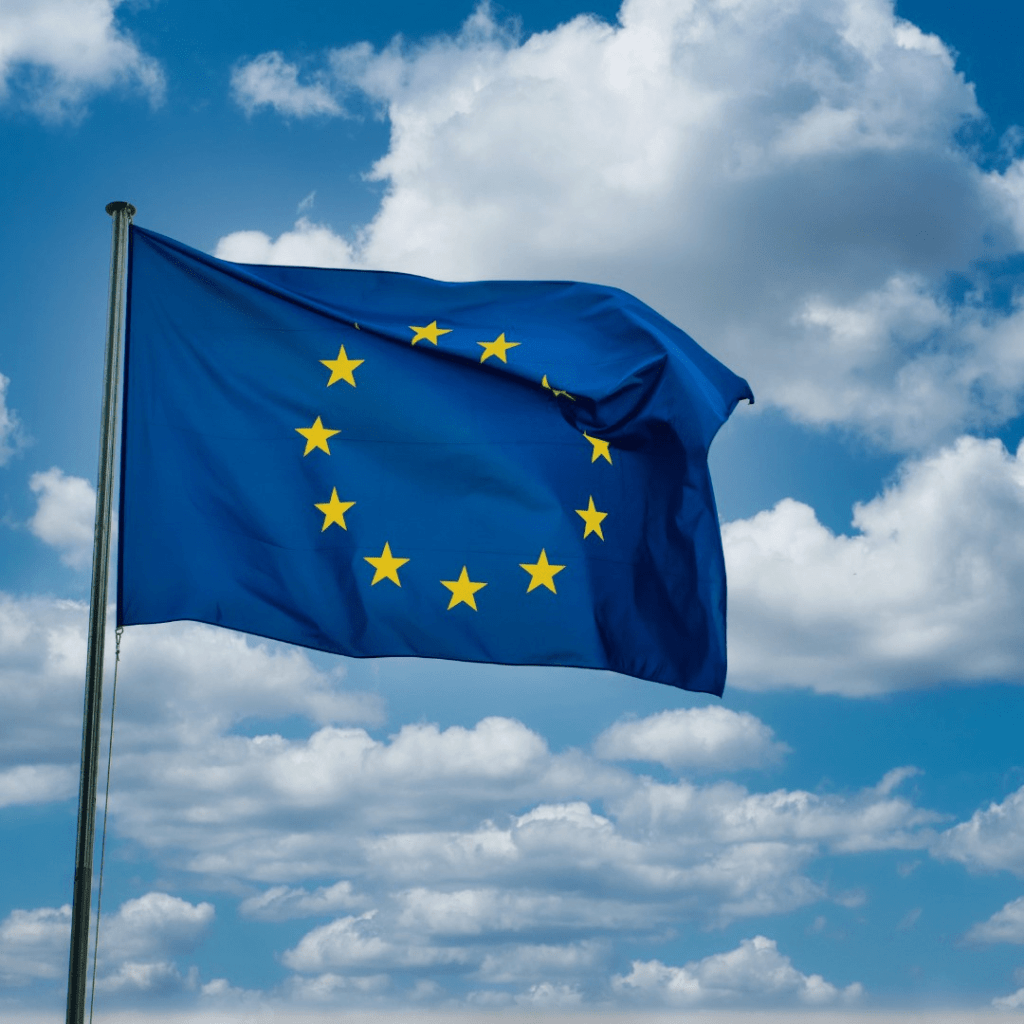Recently negotiators from the Parliament and Council reached a provisional political agreement on the EU nature restoration law. The new law agreed with member states, sets a target for the EU to restore at least 20% of the EU’s land and sea areas by 2030 and all ecosystems in need of restoration by 2050.
Over 80% of European habitats are in poor shape. The Commission proposed on 22 June 2022 a nature restoration law to contribute to the long-term recovery of damaged nature across the EU’s land and sea areas. This initiative aligns with the overarching goals of achieving EU climate neutrality by 2050 and fulfilling biodiversity objectives, which entail designating 30% of the EU’s land and sea as protected areas. According to the Commission, the new law would bring significant economic benefits, as every euro invested would result in at least 8 euros in benefits.
Targets for Nature Restoration
Co-legislators have endorsed an EU target to restore at least 20% of land and 20% of sea areas by 2030, and all ecosystems requiring restoration by 2050. To meet these objectives, EU nations must rehabilitate a minimum of 30% of habitat types covered by the new law, currently in poor condition, to good condition by 2030. This percentage is set to increase to 60% by 2040 and 90% by 2050.
Member states are required to adopt national restoration plans, employing an open, transparent, and inclusive process to outline how they intend to achieve these targets. Consistent with the Parliament’s stance, priority should be given to areas within Natura 2000 sites until 2030. Co-legislators also agreed that once an area achieves a good condition, EU countries should strive to prevent significant deterioration.
Agricultural Ecosystems
To restore nature in land used by the agricultural sector, EU countries must implement measures aiming to achieve a positive trend in two out of three indicators by the end of 2030 and every six years thereafter:
- The grassland butterfly index
- The share of agricultural land with high-diversity landscape features
- The stock of organic carbon in cropland mineral soil.
Restoring drained peatlands is recognized as one of the most cost-effective measures to reduce emissions in the agricultural sector and enhance biodiversity. EU countries must implement restoration measures for organic soils in agricultural use, constituting drained peatlands, on at least 30% of such areas by 2030 (with at least a quarter being rewetted), 40% by 2040 (with at least one-third being rewetted), and 50% by 2050 (with at least one-third being rewetted). However, rewetting remains voluntary for farmers and private landowners.
EU countries are also mandated to reverse the decline of pollinator populations by 2030 and achieve an increasing trend thereafter, measured at least every six years.
Other Ecosystems
By 2030, EU countries must implement measures to achieve a positive trend in various indicators in forest ecosystems. Simultaneously, an additional three billion trees must be planted in the EU, and a minimum of 25,000 km of rivers must be restored into free-flowing rivers.
EU countries must ensure that by 2030, there is no net loss in the total national area of urban green space and urban tree canopy cover in urban ecosystem areas compared to 2021. Post-2030, they must increase this, with progress measured every six years.
Financing and Emergency Brake
Within 12 months of this Regulation entering into force, the Commission must assess any gap between restoration financial needs and available EU funding. If a gap is identified, the Commission will explore solutions to bridge it.
Negotiators have also agreed on an emergency brake, allowing the suspension of targets for agricultural ecosystems under exceptional circumstances if they lead to severe EU-wide consequences on the availability of land needed to ensure sufficient agricultural production for EU food consumption, as requested by Parliament.
The deal still has to be adopted by Parliament and Council, after which the new law will be published in the EU Official Journal and enter into force 20 days later.
